The low FODMAP diet is the most effective dietary strategy for managing irritable bowel syndrome but it is very confusing when you first see it. Foods that you always considered healthy such as apples, avocado, cauliflower and beans are suddenly off-limits?! It’s hard to wrap your head around, I know.
What can make the low FODMAP diet even more confusing is the way you’re told to follow it. If your experience was anything like mine, you were given a one sheet handout of foods to avoid and absolutely no other context around what foods are okay to eat or if you need to eat this way forever.
This does a great disservice to you because a low FODMAP diet is not a forever diet! In this article I will explain what the low FODMAP diet is, the easiest way to start it and what you should do after trying it.
What is the Low FODMAP Diet?
The low FODMAP diet (LFD) is a three-phase elimination diet created by Monash University to reduce irritable bowel syndrome (IBS) symptoms of gas, bloating, abdominal pain, constipation and/or diarrhea.
FODMAP is an acronym for a group of carbohydrates that some people are unable to properly digest. When eaten, they draw water into the intestines and are fermented by the bacteria in the large intestine. FODMAP stands for:
Fermentable
Oligosaccharides
Disaccharides
Monosaccharides
And
Polyols
When following the low FODMAP diet, high FODMAP foods are avoided for a period of two to six weeks. FODMAP groups are then reintroduced one-by-one to assess your tolerance to them. After the reintroduction period, your diet is then expanded and tailored to which FODMAP groups you tolerate.
How do I get started on the Low FODMAP diet?
Step one: Download your low and high FODMAP information lists. You will find many lists online through a quick Google search but there is a lot of inaccurate information. The most accurate and up to date information comes from the Monash University FODMAP app.
FODMAP contents of food vary by serving size and preparation method. The Monash app has detailed information on serving size in relation to FODMAP content. It uses a traffic light system: green for low FODMAP (okay to eat), yellow for moderate FODMAP (proceed with caution) and red for high FODMAP (avoid).
If the list shows a particular food as ‘red’, click on it because there may be a smaller portion size that is ‘green’.
You can eat as many ‘green’ foods as you would like in each meal.
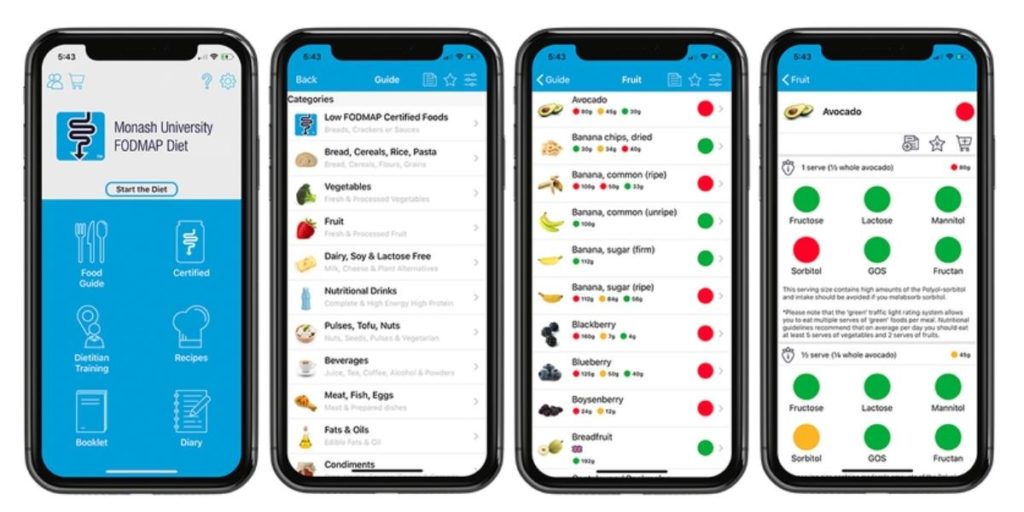
Step Two: Write down what you eat on a typical day or make a list of your favorite foods. Search these foods in the app and note if they are low, moderate or high FODMAP foods. If moderate or high, search for a low FODMAP alternative. For example, cauliflower is high FODMAP. Broccoli would be a suitable low FODMAP substitute (but make sure you note the low FODMAP serving size).
Step Three: Save three low FODMAP recipes so that you have something you can rely on when you get busy and don’t have the mental energy to think of what to eat. But don’t save so many you get choice paralysis!
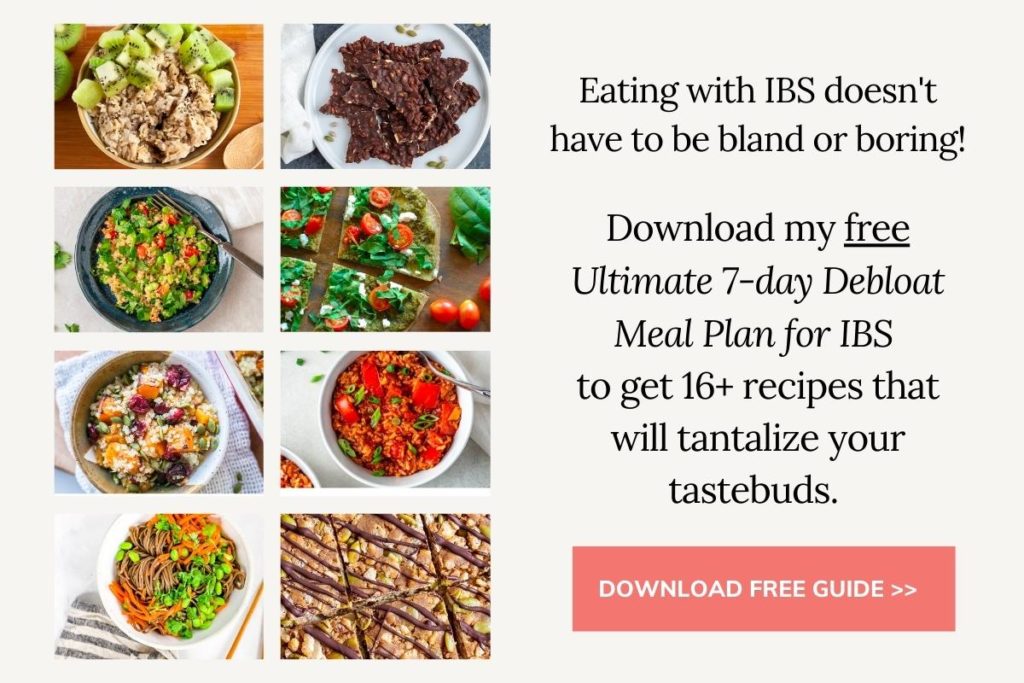
What Should I Do if I Accidentally Eat Something High FODMAP?
Don’t panic! Know that it is normal, especially when following the low FODMAP diet on your own, to make mistakes and accidentally eat something that is high FODMAP. Just go back to your regular meals and snacks and the symptoms should subside within four days. You do not have to start the 2 to 6 week period over from scratch again.
Do I Need to Stay Low FODMAP Forever?
No! After 2 to 6 weeks, if your symptoms have reduced by about 80% then it’s time to start reintroducing each FODMAP group on its own to assess your tolerance. This is a really important step because the LFD long term can reduce the health and diversity of your gut microbiome.
Conclusion
A low FODMAP diet can do wonders for your IBS symptoms but it won’t help you if you are completely overwhelmed by getting started. Instead of getting lost in all the lists of FODMAP foods on Google, download the Monash App and start by making simple ingredients switches to the meals that you are already eating rather than coming up with a whole new meal plan.

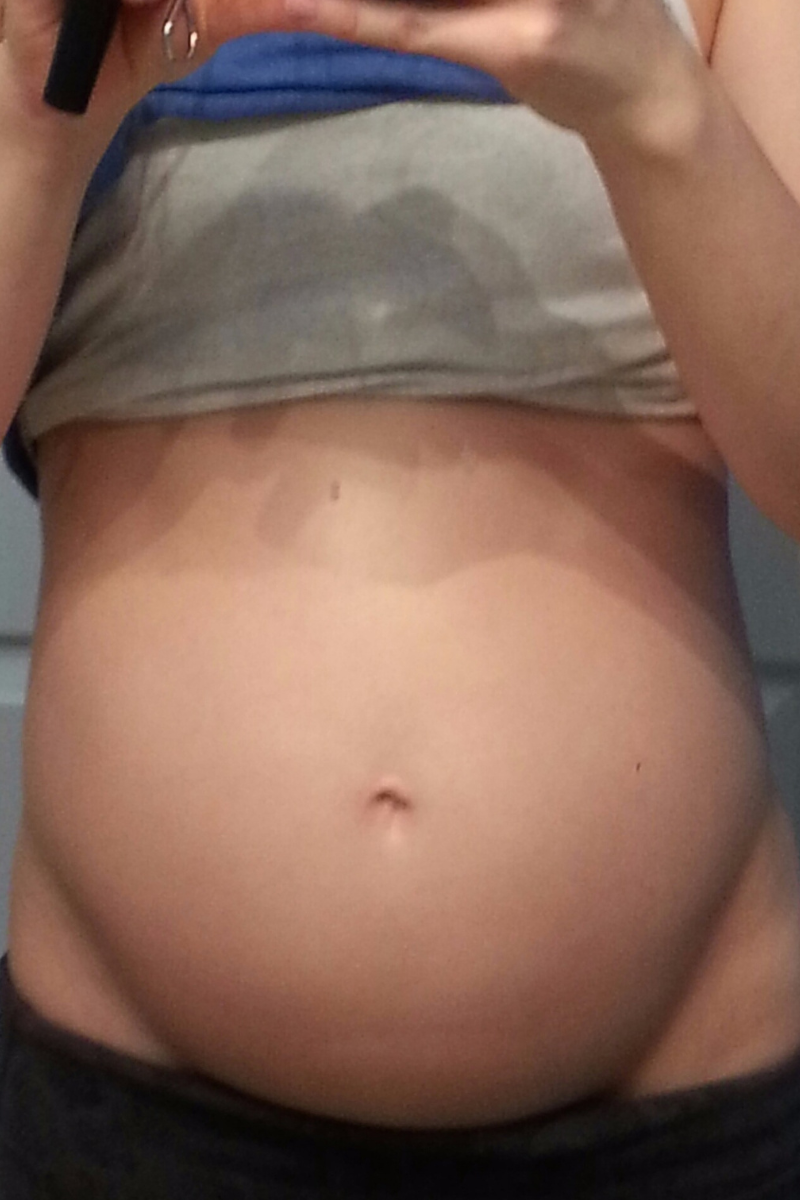

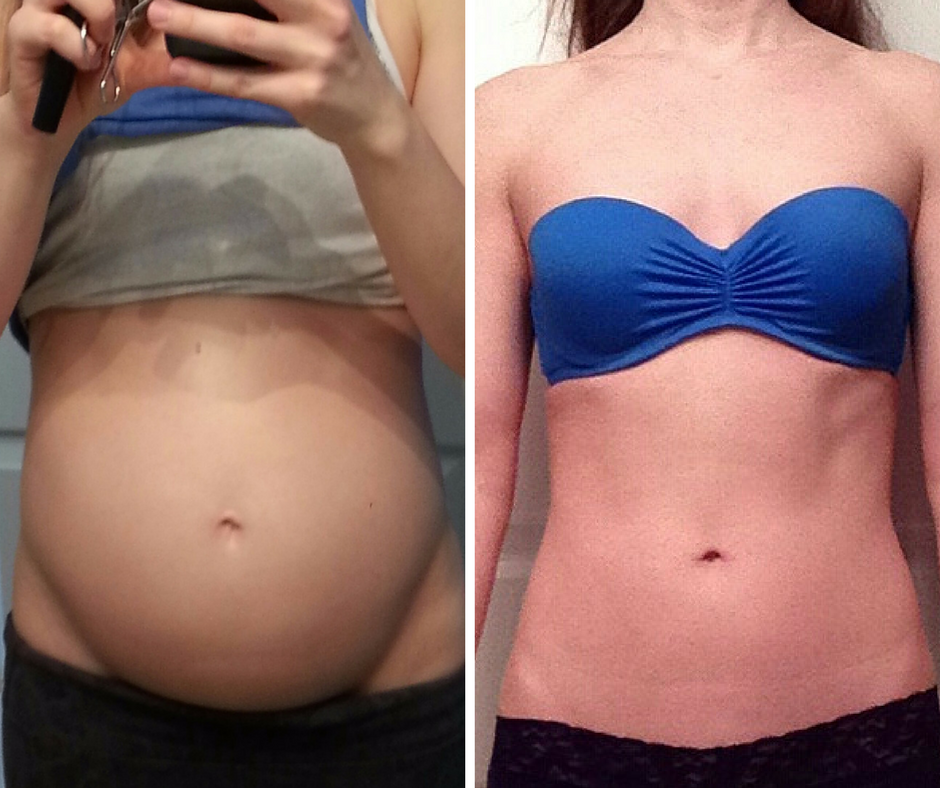

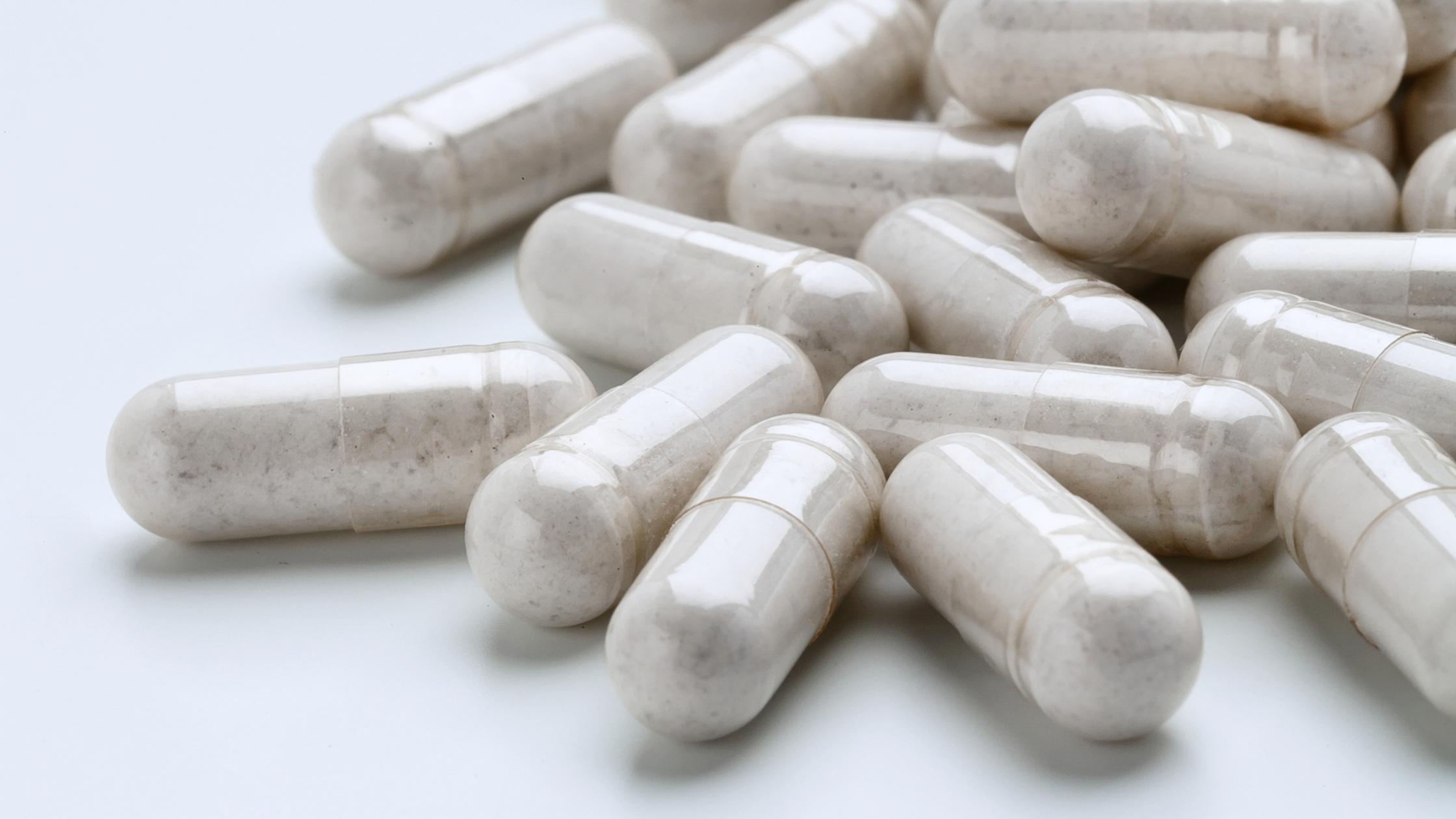
+ show Comments
- Hide Comments
add a comment